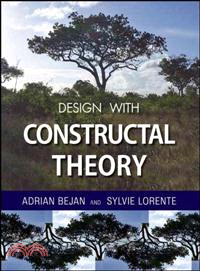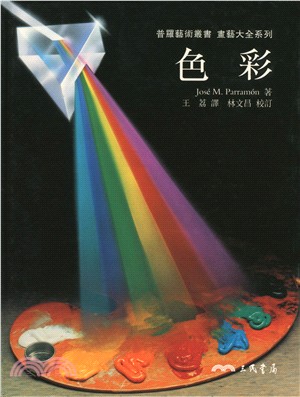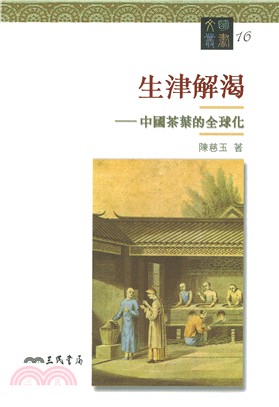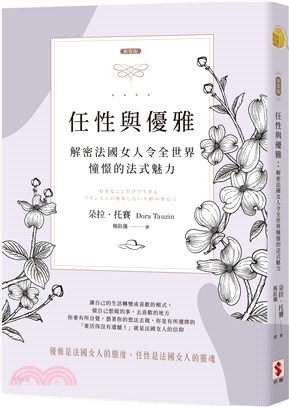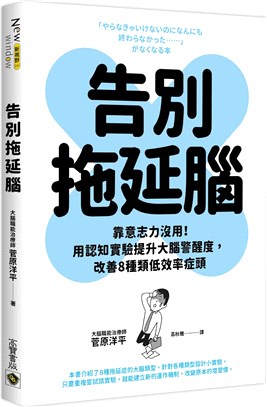Design With Constructal Theory
商品資訊
ISBN13:9780471998167
出版社:John Wiley & Sons Inc
作者:Bejan
出版日:2008/08/22
裝訂/頁數:精裝/552頁
商品簡介
Design with Constructal Theory offers a revolutionary new approach based on physics for understanding and predicting the designs that arise in nature and engineering, from the tree and the forest to the cooling of electronics, urban design, decontamination, and vascular smart materials. This book shows how you can use the method of constructal theory to design human-made systems in order to reduce trial and error and increase the system performance.
First developed in the late 1990s, constructal theory holds that flow architecture arises from the natural evolutionary tendency to generate greater flow access in time and in flow configurations that are free to morph. It unites flow systems with solid mechanical structures, which are viewed as systems for the flow of stresses. Constructal theory unites nature with engineering, and helps us generate novel designs across the board, from high-density packages to vascular materials with new functionalities (self-healing, self-cooling), and from tree-shaped heat exchangers to svelte fluid-flow and solid structures.
Design with Constructal Theory starts with basic principles and then shows how these principles are applied to understanding and designing increasingly complex systems. Problems and exercises at the end of each chapter give you an opportunity to use constructal theory to solve actual design problems.
This book is based on a design course developed by the two authors for upper-level undergraduates and graduate students at Duke University and other universities all over the world. With the authors' expert guidance, students and professionals in mechanical, civil, environmental, chemical, aerospace, and biomedical engineering will understand natural systems, and then practice design as science, by relying on constructal strategies to pursue and discover novel and effective designs.
作者簡介
SYLVIE LORENTE, PhD, is Full Professor of Civil Engineering at the University of Toulouse, INSA, The Laboratory of Materials and Durability of Constructions.
目次
Preface.
List of Symbols.
1. Flow Systems.
1.1 Constructal Law, Vascularization, and Svelteness.
1.2 Fluid Flow.
1.3 Heat Transfer.
1.3.1 Conduction.
1.3.2 Convection.
References.
Problems.
2. Imperfection.
2.1 Evolution toward the Least Imperfect Possible.
2.2 Thermodynamics.
2.3 Closed Systems.
2.4 Open Systems.
2.5 Analysis of Engineering Components.
2.6 Heat Transfer Imperfection.
2.7 Fluid Flow Imperfection.
2.8 Other Imperfections.
2.9 Optimal Size of Heat Transfer Surface.
References.
Problems.
3. Simple Flow Configurations.
3.1 Flow Between Two Points.
3.2 River Channel Cross-Sections.
3.3 Internal Spacings for Natural Convection.
3.4 Internal Spacings for Forced Convection.
3.5 Method of Intersecting the Asymptotes.
3.6 Fitting the Solid to the “Body” of the Flow.
3.7 Evolution of Technology: From Natural to Forced Convection.
References.
Problems.
4. Tree Networks for Fluid Flow.
4.1 Optimal Proportions: T- and Y -Shaped Constructs.
4.2 Optimal Sizes, Not Proportions.
4.3 Trees Between a Point and a Circle.
4.4 Performance versus Freedom to Morph.
4.5 Minimal-Length Trees.
4.6 Strategies for Faster Design.
4.7 Trees Between One Point and an Area.
4.8 Asymmetry.
4.9 Three-Dimensional Trees.
4.10 Loops, Junction Losses and Fractal-Like Trees.
References.
Problems.
5. Configurations for Heat Conduction.
5.1 Trees for Cooling a Disc-Shaped Body.
5.2 Conduction Trees with Loops.
5.3 Trees at Micro and Nanoscales.
5.4 Evolution of Technology: From Forced Convection to Solid-Body Conduction.
References.
Problems.
6. Multiscale Configurations.
6.1 Distribution of Heat Sources Cooled by Natural Convection.
6.2 Distribution of Heat Sources Cooled by Forced Convection.
6.3 Multiscale Plates for Forced Convection.
6.4 Multiscale Plates and Spacings for Natural Convection.
6.5 Multiscale Cylinders in Crossflow.
6.6 Multiscale Droplets for Maximum Mass Transfer Density.
References.
Problems.
7. Multiobjective Configurations.
7.1 Thermal Resistance versus Pumping Power.
7.2 Elemental Volume with Convection.
7.3 Dendritic Heat Convection on a Disc.
7.4 Dendritic Heat Exchangers.
7.5 Constructal Heat Exchanger Technology.
7.6 Tree-Shaped Insulated Designs for Distribution of Hot Water.
References.
Problems.
8. Vascularized Materials.
8.1 The Future Belongs to the Vascularized: Natural Design Rediscovered.
8.2 Line-to-Line Trees.
8.3 Counterflow of Line-to-Line Trees.
8.4 Self-Healing Materials.
8.5 Vascularization Fighting against Heating.
8.6 Vascularization Will Continue to Spread.
References.
Problems.
9. Configurations for Electrokinetic Mass Transfer.
9.1 Scale Analysis of Transfer of Species through a Porous System.
9.2 Model.
9.3 Migration through a Finite Porous Medium.
9.4 Ionic Extraction.
9.5 Constructal View of Electrokinetic Transfer.
References.
10. Mechanical and Flow Structures Combined.
10.1 Optimal Flow of Stresses.
10.2 Cantilever Beams.
10.3 Insulating Wall with Air Cavities and Prescribed Strength.
10.4 Mechanical Structures Resistant to Thermal Attack.
10.5 Vegetation.
References.
Problems.
11. Quo Vadis Constructal Theory?
11.1 The Thermodynamics of Systems with Configuration.
11.2 Two Ways to Flow Are Better than One.
11.3 Distributed Energy Systems.
11.4 Scaling Up.
11.5 Survival via Greater Performance, Svelteness and Territory.
11.6 Science as a Consructal Flow Architecture.
References.
Problems.
Appendix.
A. The Method of Scale Analysis.
B. Method of Undetermined Coefficients (Lagrange Multipliers).
C. Variational Calculus.
D. Constants.
E. Conversion Factors.
F. Dimensionless Groups.
G. Nonmetallic Solids.
H. Metallic Solids.
I. Porous Materials.
J. Liquids.
K. Gases.
References.
Author Index.
Subject Index.
主題書展
更多書展本週66折
您曾經瀏覽過的商品
購物須知
外文書商品之書封,為出版社提供之樣本。實際出貨商品,以出版社所提供之現有版本為主。部份書籍,因出版社供應狀況特殊,匯率將依實際狀況做調整。
無庫存之商品,在您完成訂單程序之後,將以空運的方式為你下單調貨。為了縮短等待的時間,建議您將外文書與其他商品分開下單,以獲得最快的取貨速度,平均調貨時間為1~2個月。
為了保護您的權益,「三民網路書店」提供會員七日商品鑑賞期(收到商品為起始日)。
若要辦理退貨,請在商品鑑賞期內寄回,且商品必須是全新狀態與完整包裝(商品、附件、發票、隨貨贈品等)否則恕不接受退貨。



